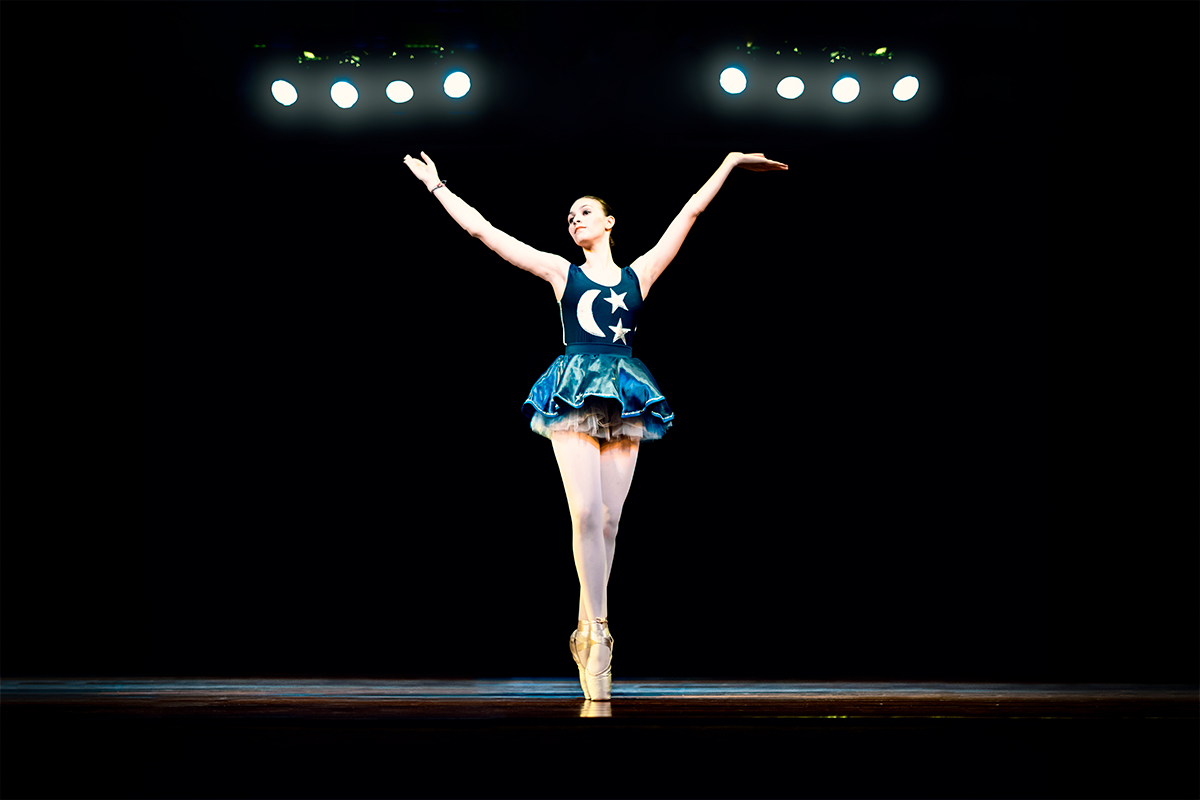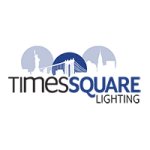
Theatrical lighting refers to the artistic use of light in the production of live performances, including plays, musicals, operas, dance performances, and other staged events. It serves various functions, including providing visibility, creating atmosphere, guiding the audience's attention, and supporting the narrative and mood of the production. The fundamental role of theatrical lighting is to provide sufficient light on the stage, ensuring that everything within the performance space is visible to the audience. This includes actors, props, scenery, and any other elements that contribute to the overall production. The ability of the audience to clearly see and understand what is happening on stage is essential for maintaining engagement. Effective theatrical lighting ensures that the audience remains connected to the performance, fostering emotional involvement and a deeper appreciation of the production. Beyond visibility, theatrical lighting contributes to the overall atmosphere and aesthetics of the production. Different lighting colors, intensities, and angles can evoke specific emotions, creating a visual language that enhances the storytelling and complements the themes of the performance. Thoughtful and creative lighting designs contribute to the visual beauty of the stage, creating visually striking compositions and adding a layer of artistry to the performance.
The art of theatrical lighting involves a thoughtful integration of technical expertise with creative expression. The technological aspect of theatrical lighting revolves around the equipment, systems, and tools used to control and produce light on the stage. This includes a variety of lighting fixtures, control consoles, dimmers, color filters, and other accessories. The artistic dimension of theatrical lighting involves intuition, creativity, and a keen understanding of the visual and emotional impact of light. Creative expression involves decisions about color palettes, mood, atmosphere, and the visual narrative of the performance. Theatrical lighting is integral to supporting the narrative of a production. It can enhance storytelling by creating visual cues, signaling transitions between scenes, and emphasizing significant plot points. Precision is also a critical element in the process of theatrical lighting. Achieving the desired visual effects requires precise control over the placement and intensity of light. Lighting designers must carefully calculate angles, adjust focus, and coordinate cues with the timing of the performance. The multidimensional nature of theatrical lighting implies that it is a dynamic and evolving field. Advances in lighting technology, control systems, and design techniques continually shape the possibilities for creative expression on the stage.
The distinctiveness of theatrical lighting lies in its specialized application and the unique considerations involved in illuminating live performances on stage. Unlike film or television lighting, theatrical lighting is designed for a live and dynamic environment. Performances happen in real-time, and lighting cues must be precisely timed to coordinate with the actors' movements, dialogue, and the overall pacing of the production. Theatrical lighting must adapt to a variety of conditions, including changes in scene, time of day, and mood. Theatrical lighting often involves the use of special effects to create visual interest and enhance specific moments in a performance. Color is a crucial aspect of theatrical lighting. It serves as a language of expression, helping to convey emotions, establish settings, define characters, and enhance the overall visual and emotional experience of a stage production. The use of lighting helps create dimension and depth on the stage. By carefully positioning lights and adjusting their angles, designers can sculpt the space, highlight set pieces, and give a sense of three-dimensionality to the performance. By manipulating the placement and intensity of lights, designers can create silhouettes and shadows on stage, adding a dramatic and visually striking element to the performance. Lighting designers strategically use light to draw the audience's attention to specific areas or characters on the stage. Spotlighting, for example, can highlight a solo performer, while changes in lighting intensity can shift focus between different scenes or characters. Lighting is also used to signify transitions between scenes, time periods, or emotional shifts in a performance. Changes in lighting can be synchronized with the narrative to enhance the flow of the production.
Theatrical lighting involves manipulating light through various means, including intensity, color, direction, and movement. Spotlighting is used to highlight a central character, emphasizes key actions, or directs the audience's attention to a specific point. Floodlighting and wall washing create a general wash of light to illuminate the entire stage, setting the overall mood and providing visibility. A crossfade is a technique in stage lighting that facilitates a gradual and smooth transition from one lighting state to another. Its purpose is to ensure that changes in lighting conditions are imperceptible to the audience, contributing to a seamless and visually engaging flow throughout the performance. Fades are instrumental in achieving smooth transitions between scenes or different lighting states. Backlighting adds depth, highlights the contours of performers, and creates a dramatic effect. Gobo projection adds texture, shapes, or patterns to the stage, creating visual interest and enhancing the scenic design. Dynamic lighting is used to heighten the visual impact of a theatrical production. This technique involves the intentional use of changing lighting effects to add movement, color, and excitement to a live performance. Modern dynamic lighting setups are integrated with advanced control systems, such as DMX (Digital Multiplex) protocols, allowing for precise programming and coordination of multiple lighting fixtures. Cueing aims to synchronize lighting changes with the natural flow of the performance. It is integral to the overall rhythm and pacing of the production. Through cueing, the lighting design maintains a consistent visual language throughout the production.
The adoption of LED lighting has significantly influenced the way lighting designers approach and implement lighting in theatrical productions. LED theatrical lights are highly energy-efficient, converting a significant portion of electrical energy into visible light. Their longevity and durability minimize downtime for maintenance and ensuring consistent lighting quality throughout the stage production. The adaptability of LED lighting to different stage designs and configurations enhances the overall creativity of lighting designers. The instant on/off and rapid color change capabilities of LED fixtures offer practical advantages in live performance settings. LED stage lights are inherently dimmable and capable of smooth, flicker-free dimming. This is essential in theatrical productions where precise control over light intensity is required for scene transitions, mood changes, and creating dynamic visual effects. LED lighting offers a high level of flexibility and control over color output. The ability to mix red, green, and blue colors independently allows for a diverse range of hues, while tunable white light provides the option to adjust the color temperature, catering to different visual requirements and creating various atmospheres. LED technology facilitates the integration with lighting control systems, including DMX protocols, enables seamless coordination with other stage elements, sound, and visuals. This integration enables precise and synchronized control over the behavior of individual LED lights or groups of LED lights. LED lights can be integrated into advanced control systems to enable the programming of intricate lighting sequences, cues, and effects. The centralized control, programming capabilities, synchronization, and compatibility with industry standards contribute to a more efficient, precise, and creative approach to managing lighting in theatrical applications.
The various types of LED theatrical lights offer lighting designers a wide range of options to tailor the lighting design to the specific requirements of a theatrical production. Each type of fixture serves a distinct purpose, providing flexibility, energy efficiency, and creative possibilities in enhancing the visual aspects of a theatrical performance. LED ellipsoidal lights are often used for spotlighting and for shaping light to highlight specific elements on the stage. LED Fresnels are popular for their ability to create variable beam spreads and smooth intensity adjustments. They are commonly used for key lighting and highlighting specific actors or areas of the stage. Moving head lights offer a high level of flexibility and creativity in lighting design. They are used to create dynamic effects, patterns, and movement, adding visual excitement to theatrical productions. LED cyclorama lights are used to illuminate the backdrop or cyclorama, providing a smooth and even wash of light across the background. LED PAR cans are often used for general stage washes and to create ambient lighting. LED follow spots are designed to track performers and provide a focused beam of light. LED strobe lights produce intermittent, rapid flashes of light to create a sense of excitement, emphasize moments of high energy, and add a dynamic visual element to specific scenes. LED blinders can produce powerful bursts of light, adding impact to specific moments in a performance. LED batten lights are used for creating washes of light or dynamic effects. They are often used to highlight specific areas or create scenic lighting. LED strip lights are flexible and can be easily adapted to different stage configurations. They are versatile and can be used for accent lighting, outlining set pieces, or creating dynamic visual effects.


















































